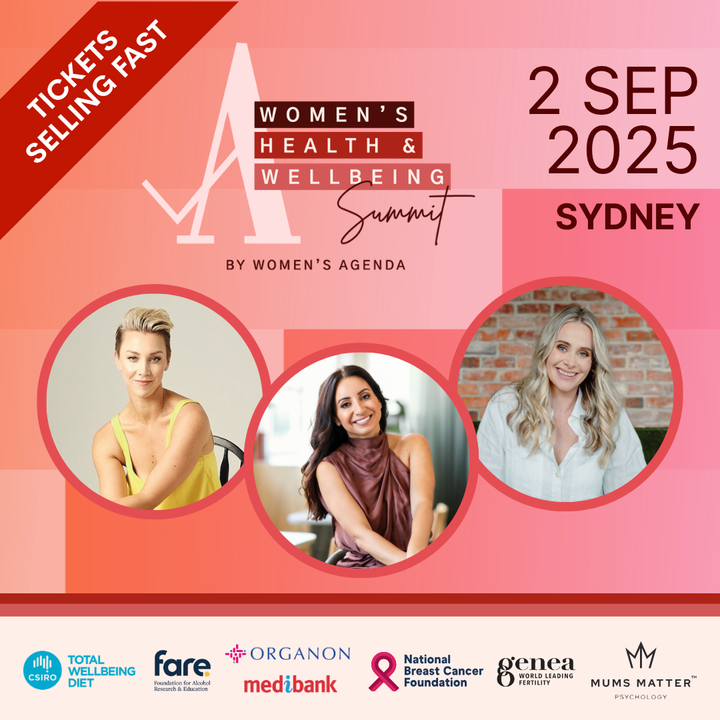Since the revelations about former High Court justice Dyson Heydon’s alleged serial sexual predation broke in The Sydney Morning Herald and The Age on Monday, there’s been much talk about what next for the reckoning we need on sexual harassment in Australian workplaces.
What happened to Australia’s original #MeToo movement, which arrived on these shores shortly after the Harvey Weinstein allegations broke in the New York Times and the hashtag went viral, including here in Australia?
It did later see the then Turnbull Government initiate a National Inquiry into Workplace Sexual harassment, promoted with the line that “Australian women have the right to be safe in their homes, in their communities and in their workplaces.”
That resulted in the Sex Discrimination Commissioner Kate Jenkins’ 2019 forensic Respect @Work report, a significant achievement, that saw Jenkins highlight 55 clear recommendations for reform which I described as “revolutionary,” when released in March this year.
One such recommendation was to create a Workplace Sexual Harassment Council, featuring both state and federal representatives.
So has the current Government formally responded yet to this proposed blueprint for change? No.
Has it at least established the Council? No.
As Professor Rae Cooper noted in the Herald today, even with the COVID-19 Pandemic occurring, establishing the Council at the very least, shouldn’t have been a big ask
On the broader question of whether the Heydon allegations have re-launched Australia’s #MeToo movement or mark the start of a new phase, here’s where I’ve landed: At the end of the day, each milestone moment like this is neither symbolic of the fact that “things have changed” or “nothing has changed”, but a reminder of the work still to do. The work we must all do.
On that front, I have a few observations.
While I take the point that there are specific actions and changes needed in legal workplaces, more broadly speaking there’s no need to re-invent the wheel for women across all workplaces. Kate Jenkins has already spent two years pondering how workplace sexual assault plays out in Australia, its’ drivers, the systems and cultures that enable it, and the lack of support and complaint mechanisms for victims.
Nearly two years in the making, Jenkin’s “world first inquiry” was informed by an epic 60 consultations and drew on 460 submissions from legal services, unions, women’s services, academic experts and, most importantly, victims. The report’s 55 recommendations cover everything from a more robust legal and regulatory framework to more holistic support for survivors.
Let’s start there. And let’s demand an adequate response from Government and employers.
There’s also another hint about the work that lies ahead in the sexual harassment story that has not yet been fully told — at least not here in Australia.
In She Said, Jodi Kantor and Megan Twohey’s account of how they broke the Weinstein story and ignited a movement, the journalists recount a story that has lessons for us all. In addition to cataloguing Weinstein’s alleged wrongdoing, Rebecca Corbett, their seasoned editor, gave them a “second assignment to go beyond individual wrongdoing and pin down the elements of the system that keeps sexual harassment pervasive and hard to address”.
Making good on that challenge was the focus of their book.
In She Said, we learn about the non-disclosure agreements (NDAs) that work more like cover-ups. We learn how lawyers who act on behalf of victims can be complicit in a system where they derive benefit from large settlements that demand silence. We learn that sexual harassment laws in the US are weak and the statute of limitations short. We learn that the federal cap on damages ($300,000) is comparatively low and disincentives lawyers from taking such cases or prompts them to steer their clients towards more lucrative (and confidential) settlements. And we learn that the national regulator, the Equal Employment Opportunity Commission, is weak with few powers of enforcement and a confidential complaints process that enables predators and their employers to remain in the shadows.
We also learn how power and money can buy you some very unlikely allies. What were you thinking Lisa Bloom? I’ll add, what were you thinking, John “he did an excellent job” Howard?
In the follow up coverage to McClymont and Maley’s initial Heydon story, they and the broader Australian media have started to tell that whole story of sexual harassment. A piece in Wednesday’s Herald and Age asked the very important questions: who knew what and why wasn’t anything done about it. McClymont and Maley, like Kantor, Twohey and their unsung editor Corbett before them, understand that we can’t simply focus on toppling the apex predators but leave the complicit systems and enablers untouched.
Today in the Australian Financial Review, Victorian Barrister and former High Court associate Kathleen Foly is pictured on the front page, alongside her demand that the “leaders of the profession step up”. She’s called for former chief justice Murray Gleeson to break the “culture of secrecy” and comment on what, if anything, he knew.
We need leaders across all workplaces and professions to step up.
If that’s where we’re heading now in Australia, shocked and emboldened by these latest allegations and informed by Jenkins forensic road map to change, “this time” may well be different. I hope it is.
Pictured above: Sex Discrimination Commissioner Kate Jenkins handing her report to Minister for Women Senator Marise Payne, in March 2020.


